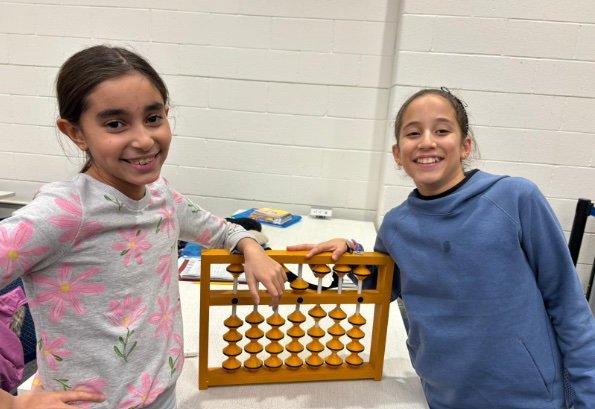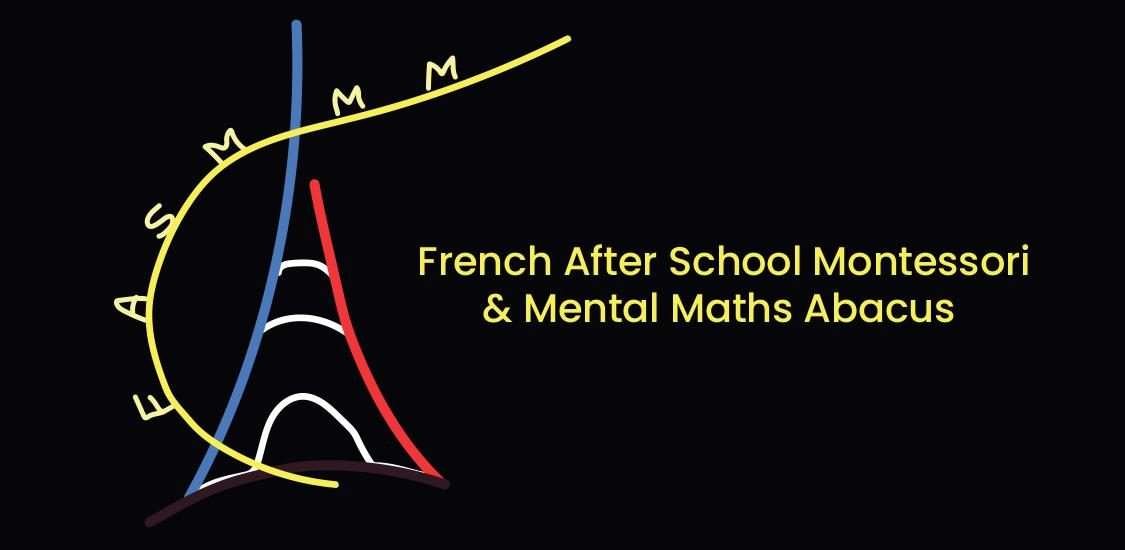
The oldest device on planet Earth, known to humans for calculating different things is called an “Abacus”. The modern-day Abacus has four beads at the bottom and one bead at the top. Abacus can be quite complicated to understand, many children might fear it while they look at it, but we have professionals that offer visual as well as tangible tools that will allow the children to easily understand and tackle the physical representation of these abstract numbers. Basically, the Abacus is a tool that can be operated to calculate numbers by adjusting the beads with the hands.
The program helps the children for counting purposes when it comes to division, multiplication, addition, subtraction, and decimal. Skills are boosted with the help of the Abacus along with the use of various tools in the program. The children can learn to calculate mathematical equations and problems more efficiently as compared to the calculator. The program’s goal is to slowly but surely move the children from physical calculation via the Abacus to the mental calculation, the aim is to make the use of calculators as less as possible. You must be wondering how can that even be possible? It is very possible—it can be done by having the Abacus mentally framed inside the child’s mind so they can move the beads on a mental level. Through this program, their concentration will be greatly enhanced as well as their memory.


By learning and mastering the Abacus, the children can have the benefit of enhanced visualisation skills, boundless imagination, improved ability to concentrate, listen, and memorize with great confidence for the purpose of solving problems and doing calculations in the most logical way at the highest degree.
The abacus, specifically the Japanese version known as the soroban, is a traditional tool used for performing calculations. The soroban is a rectangular frame divided into two sections: the upper deck and the lower deck. Each vertical rod in the frame has one bead in the upper deck (representing a value of five) and four beads in the lower deck (each representing a value of one). This setup enables the soroban to represent and calculate numbers in a base-10 system, similar to modern numerical notation.
To perform calculations, users manipulate the beads by moving them toward or away from the central bar. For instance, to represent the number 7, you would move one bead from the upper deck and two beads from the lower deck to the center. Addition is performed by adding beads to the columns, while subtraction involves moving beads away from the central bar.

The abacus, specifically the Japanese version known as the soroban, is a traditional tool used for performing calculations. The soroban is a rectangular frame divided into two sections: the upper deck and the lower deck. Each vertical rod in the frame has one bead in the upper deck (representing a value of five) and four beads in the lower deck (each representing a value of one). This setup enables the soroban to represent and calculate numbers in a base-10 system, similar to modern numerical notation.
To perform calculations, users manipulate the beads by moving them toward or away from the central bar. For instance, to represent the number 7, you would move one bead from the upper deck and two beads from the lower deck to the center. Addition is performed by adding beads to the columns, while subtraction involves moving beads away from the central bar.
To calculate 33 + 65, you first set 33 on the soroban by moving three beads on the units rod and three beads on the tens rod to the center.
Then, to add 65, you add six beads on the tens rod and five beads on the units rod. After adjusting for carrying over beads when necessary, the final result displayed is 98.
The soroban is still widely used in Japan, particularly for teaching mathematics and enhancing mental arithmetic skills. It helps develop strong numerical visualization and mental calculation abilities, making it a valuable educational tool (NRICH Maths).


Using the soroban offers numerous benefits for children, enhancing their cognitive and mathematical skills.
Improves Mental Arithmetic: Regular practice with the soroban enhances children’s ability to perform mental calculations quickly and accurately.
Enhances Concentration and Focus: Using the soroban requires a high level of concentration and attention to detail, helping children develop these important skills.
Boosts Memory and Recall: Manipulating the beads on the soroban strengthens working memory and improves recall abilities.
Develops Fine Motor Skills: Moving the beads precisely helps refine children’s fine motor skills and hand-eye coordination.
Encourages Logical Thinking: The step-by-step process of calculating with the soroban fosters logical thinking and problem-solving skills.
Strengthens Numerical Understanding: By visualizing numbers and operations, children develop a deeper understanding of numerical concepts and place values(NRICH Maths).
Reduces Math Anxiety: Mastery of the soroban can build confidence in math, reducing anxiety and making learning more enjoyable.
Promotes Multitasking Abilities: Children learn to handle multiple steps in calculations simultaneously, enhancing their multitasking skills.
Stimulates Cognitive Development: The combination of visual, auditory, and kinesthetic learning styles stimulates brain development and enhances cognitive abilities.
Encourages Independent Learning: The self-paced nature of learning with the soroban allows children to practice independently and take charge of their own learning process.
These benefits collectively contribute to a well-rounded development of mathematical skills and cognitive abilities in children, making the soroban a valuable educational tool.
Payments are scheduled to recur on the first of each month.
Online/In Person : Small Group: 2-6 participants per session max.
100 $ Include 4 sessions = per Month (1 days a week)
1h/ session: 35 $ /h
